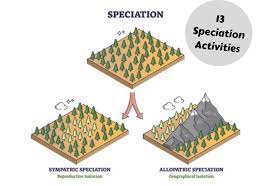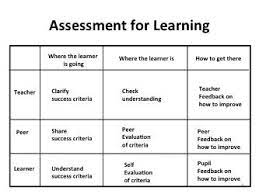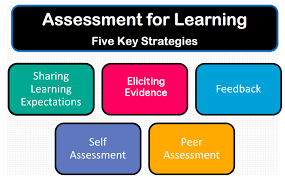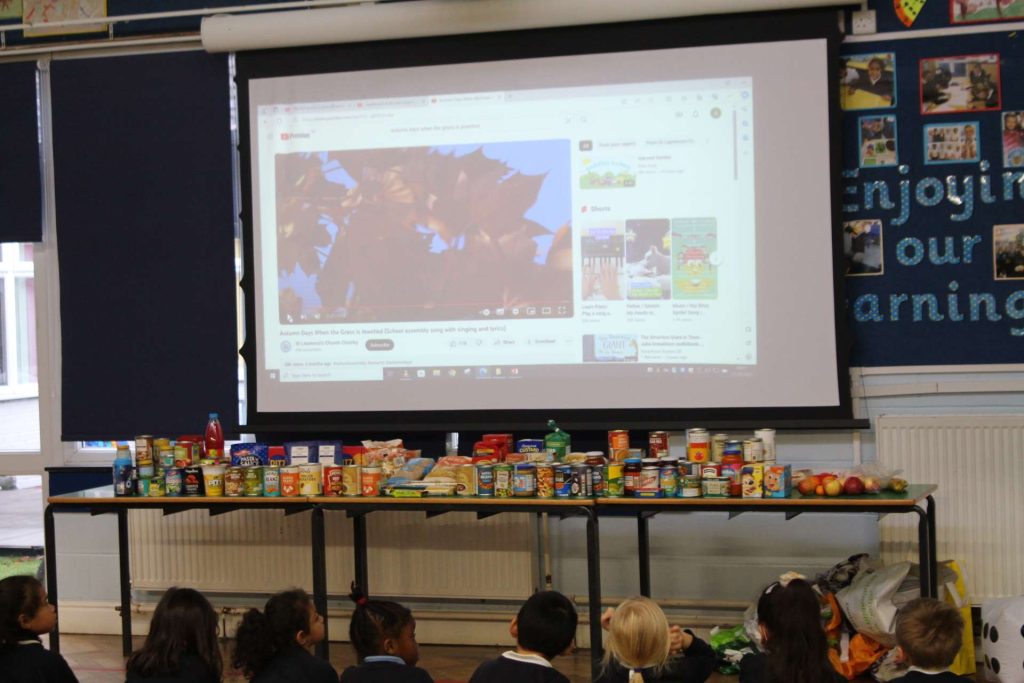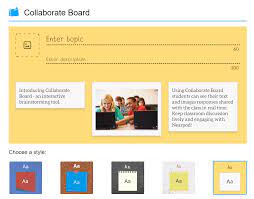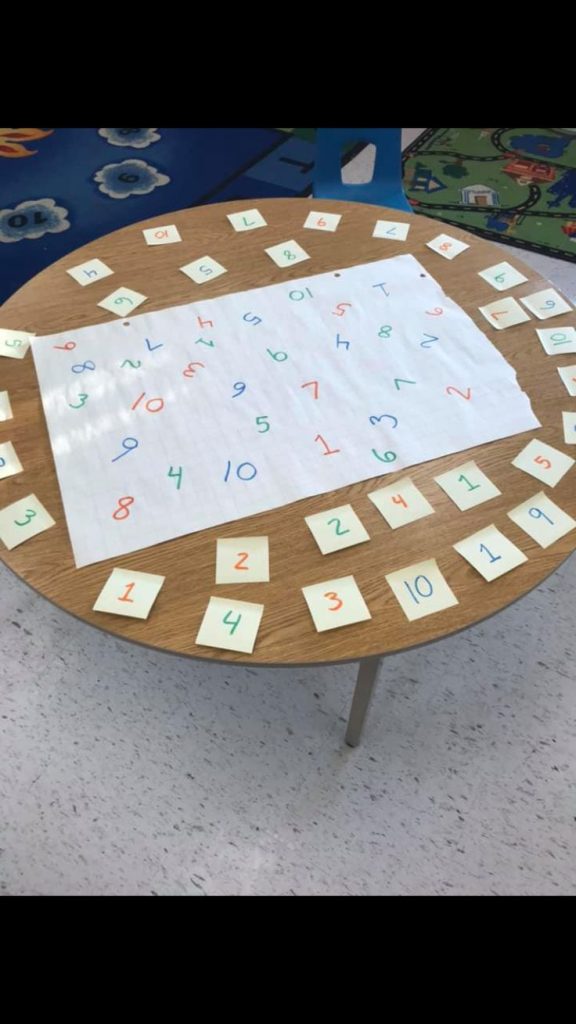Introduction:
Speciation, the process through which new species emerge by splitting from a parent population, is a fascinating subject for biologists and enthusiasts alike. To delve deeper into this field and understand the complexities of life’s evolution, we present 13 captivating speciation activities that will ignite your curiosity and broaden your knowledge of the natural world.
1. Darwin’s Finches: Study the diversity in beak shapes among the 13 finch species that inspired Charles Darwin’s theory of evolution. Compare their feeding habits and how these differences in beak morphology evolved in response to varying ecological niches.
2. Artificial Selection Experiment: Explore the concept of artificial selection by simulating an environment where specific traits are favored over others. For example, use differently-sized beans to represent various food sources and observe how varying preferences influence population genetics over time.
3. Comparative Genomics: Analyze genomes from several closely related species using online databases (such as Ensembl or NCBI Genome). Investigate differences between sequences to discover genes driving speciation and other evolutionary changes.
4. Sexual Selection Simulation: Model sexual selection using simplified organisms with varying physical attributes and mate-selection criteria, simulating generations of reproduction to witness how traits are passed on and evolution occurs.
5. Antibiotic Resistance Demonstration: Explore bacterial speciation driven by antibiotic resistance through experiments involving E.coli cultures exposed to varying concentrations of antibiotics.
6. Allopatric Speciation Habitat Design: Design habitats that create geographical barriers to create a simulation illustrating allopatric speciation—environmental isolation leading to population divergence and subsequently creating new species.
7. Plant Hybridization Project: Investigate plant speciation through hybridization by crossing similar species (e.g., different orchid varieties) and observing offspring phenotypes while analyzing inheritance patterns statistically.
8. Evolutionary Dead Ends: Study species that have reached evolutionary dead ends, such as the kakapo parrot or panda, and discuss how limited genetic variation and slow speciation led to their decline.
9. Ring Species Exploration: Examine real-world examples of ring species, like the greenish warbler, that display a speciation continuum without distinct boundaries. Identify the factors that drove their speciation patterns.
10. Behavioral Isolation Activity: Create scenarios where populations diverge due to different mating rituals or territorial behaviors leading to behavioral isolation and eventually resulting in reproductive barriers between different populations.
11. Sympatric Speciation Aquarium Experiment: Design aquarium setups to simulate sympatric speciation with fish species occupying overlapping niches. Adapt food sources, water parameters and shelter options to promote diversification in captive populations.
12. Speciation Timeline Construction: Use scientific literature and phylogenetic research to create a graphical timeline displaying key milestones in the speciation process for a chosen group of organisms (e.g., mammals).
13. “Survivor: Speciation Edition” Outdoor Game: Organize a fun outdoor activity where participants role-play as various organisms adapting to environmental changes, simulating natural selection, survival and speciation processes.
Conclusion:
Engaging in these interactive and informative speciation activities drives home the importance of understanding evolution’s complexities while sparking enthusiasm for biology’s infinite possibilities. By witnessing firsthand how natural forces drive diversity and shape life on Earth, we gain a profound appreciation for the resilient beauty of our planet’s interconnected ecosystems.
